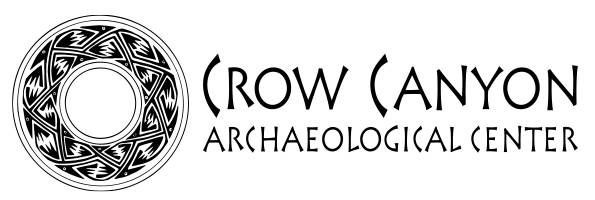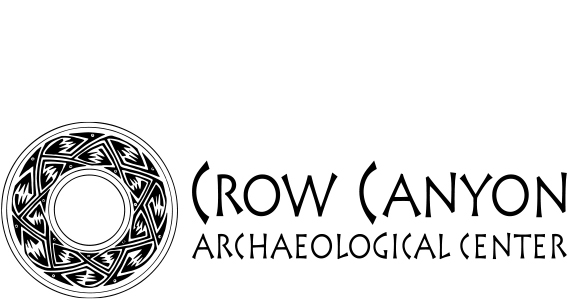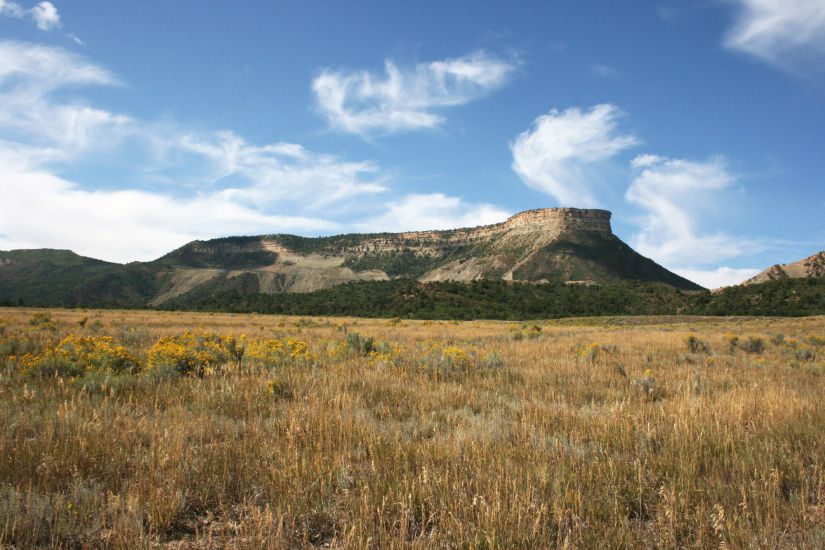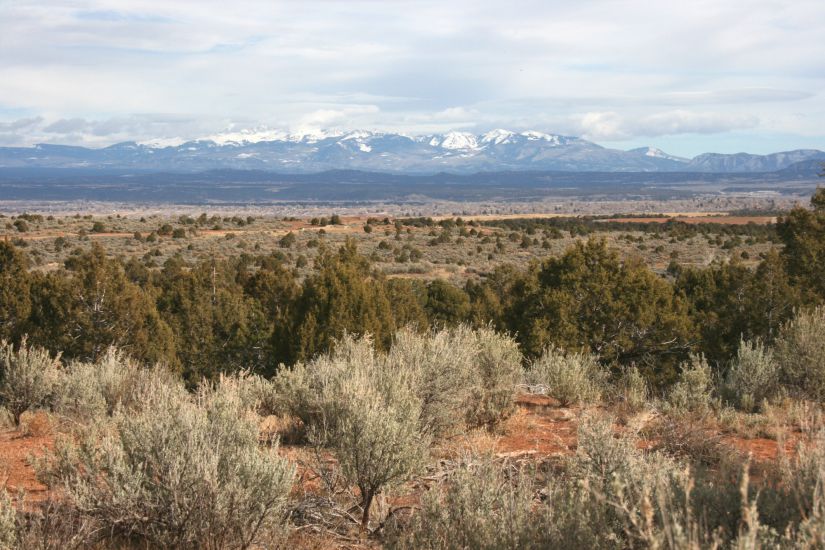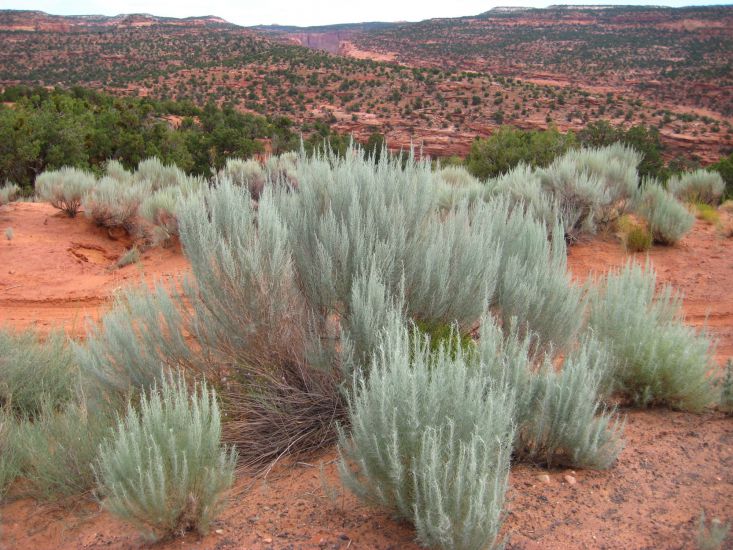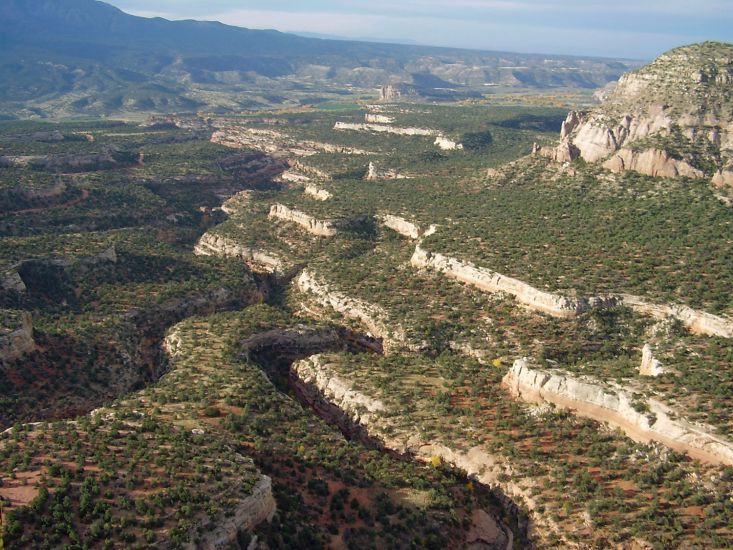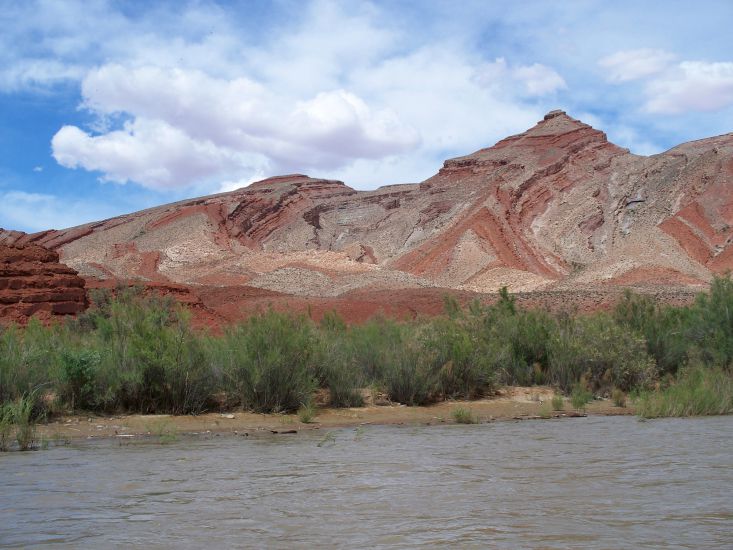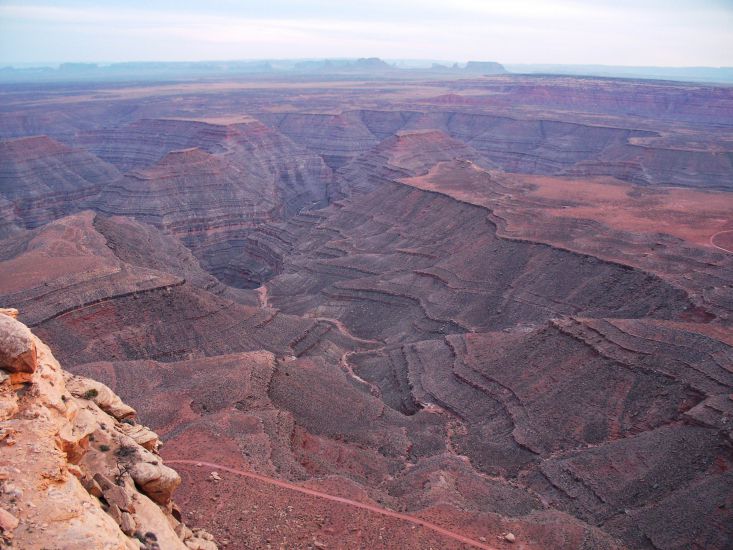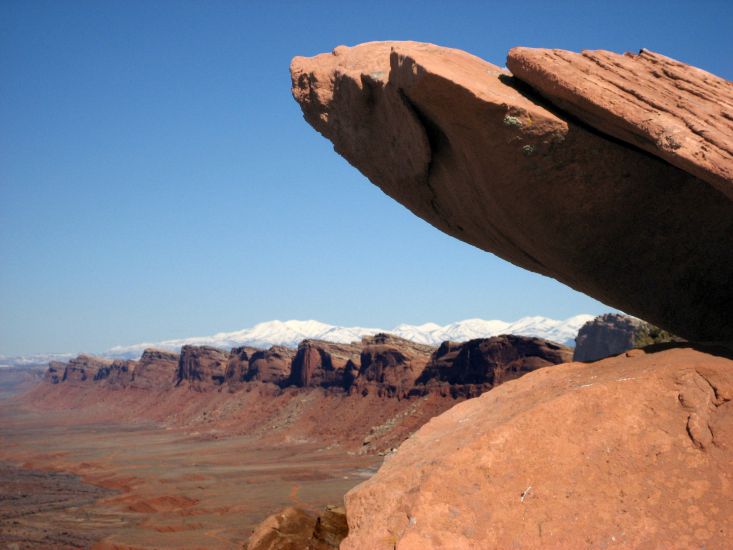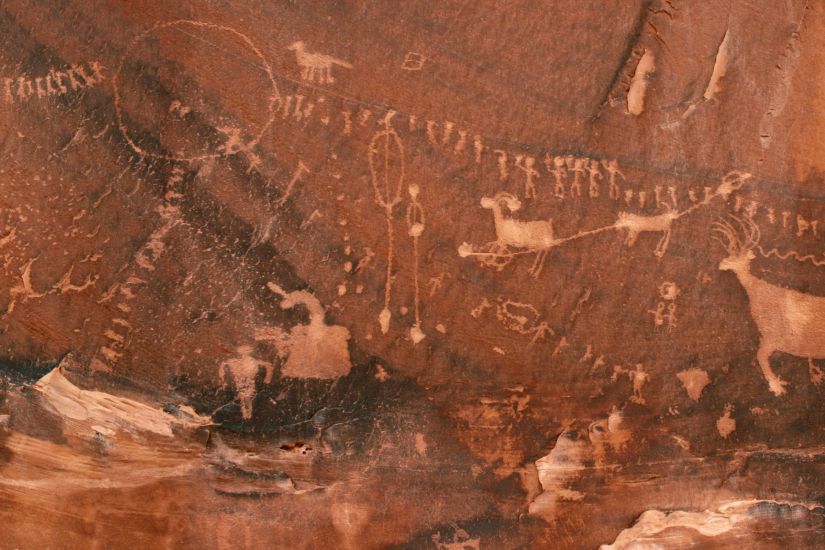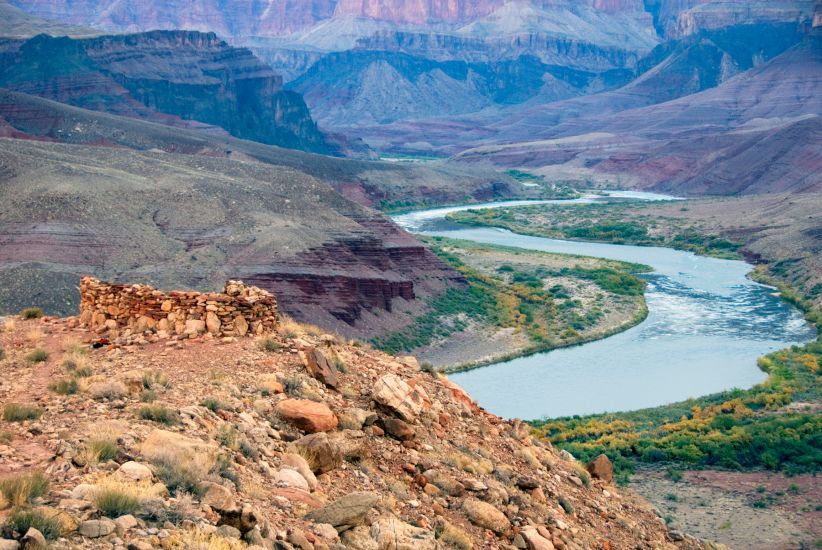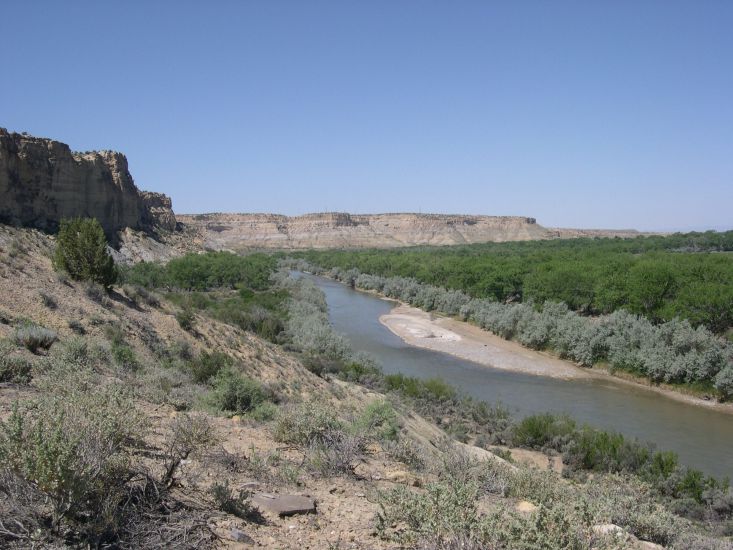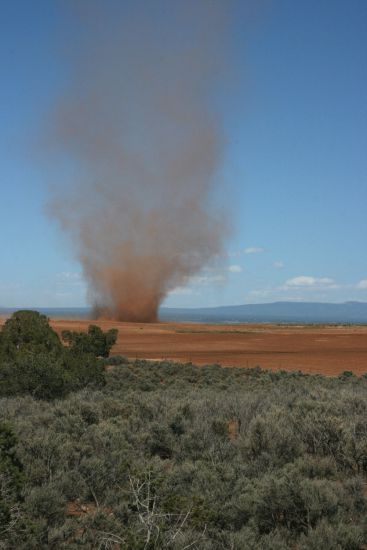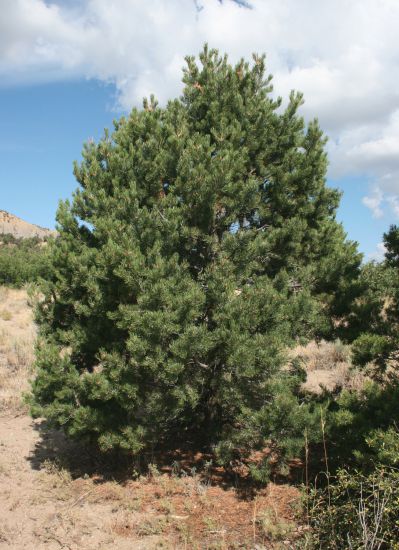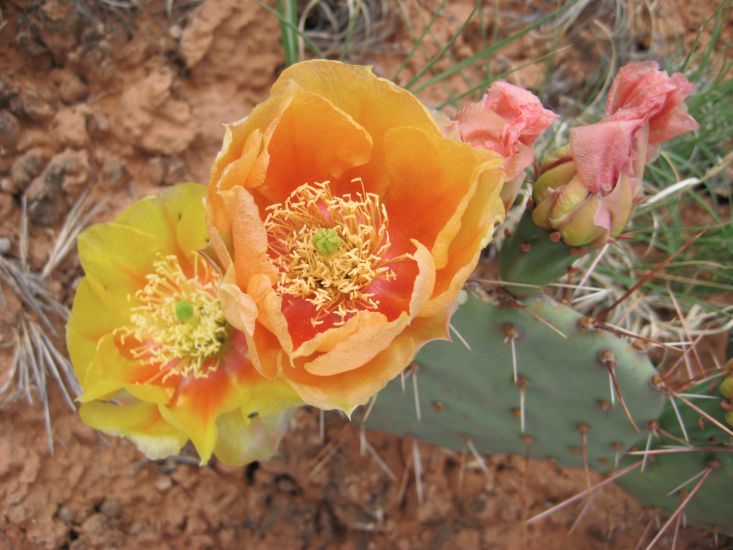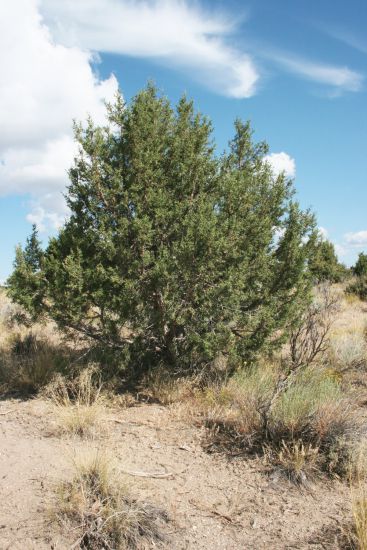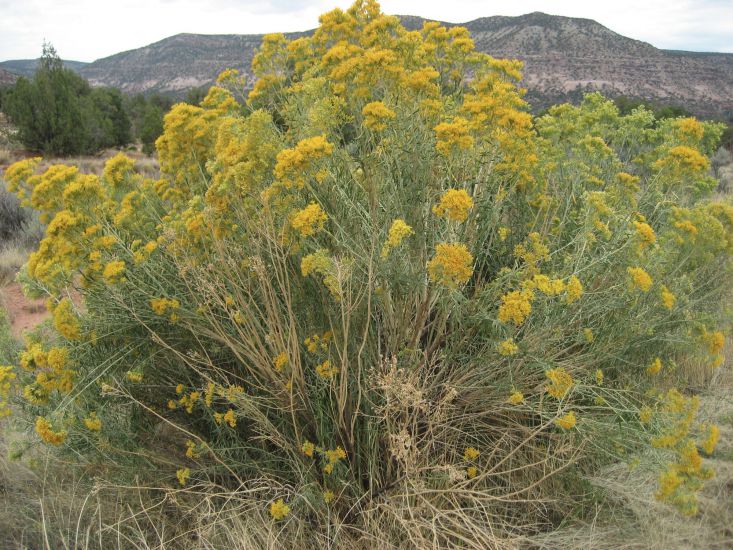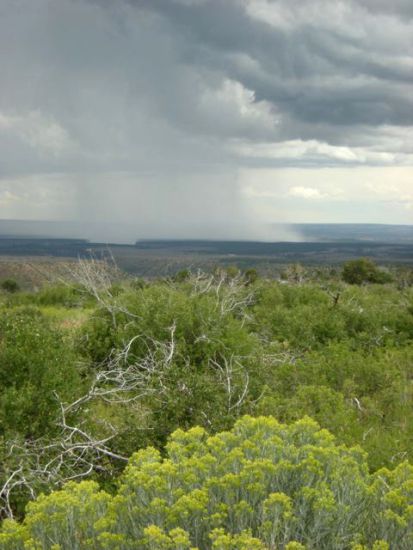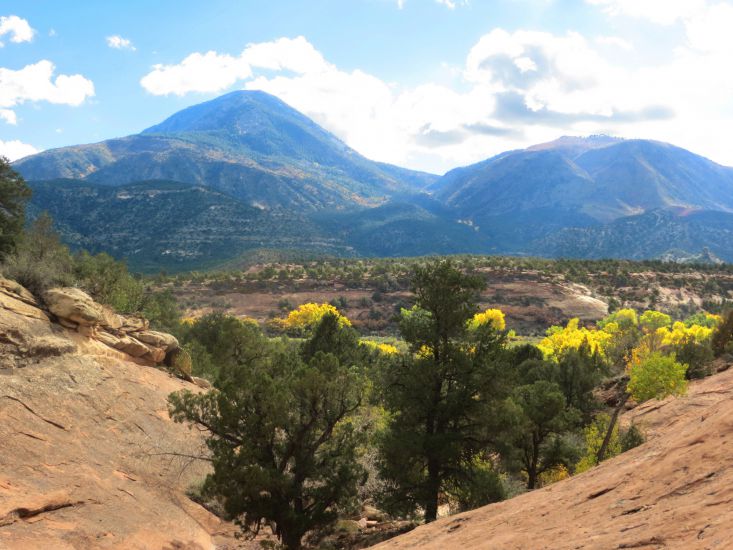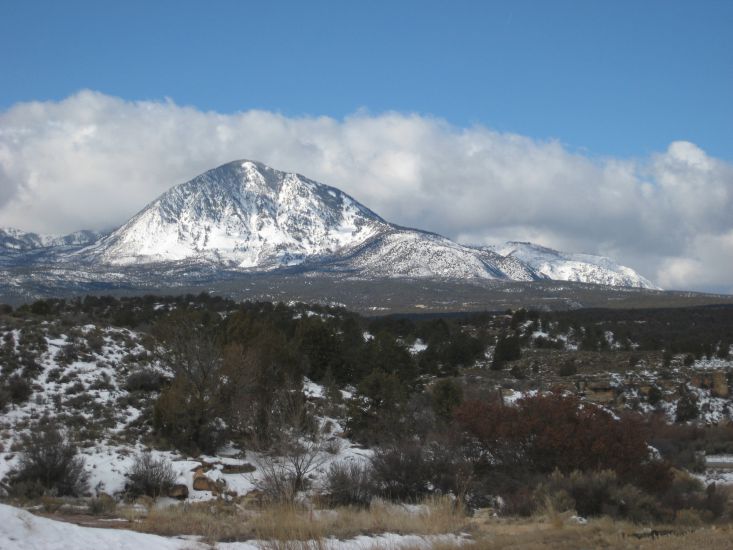Landscape Gallery
SLIDE 1:
Mesa Verde
Mesa Verde, the landform after which the Mesa Verde archaeological region is named, towers over the surrounding valley in the heart of the Four Corners, in southwestern Colorado. Inhabited by Pueblo people for more than 1,500 years, the mesa today is home to Mesa Verde National Park and Ute Mountain Tribal Park, dedicated to the preservation of the thousands of archaeological sites within their boundaries.
SLIDE 2:
The Great Sage Plain
La Plata Mountains in the background
The Great Sage Plain is a vast expanse of rolling, sage-covered uplands stretching north and west from Mesa Verde to the red rock country of southeastern Utah. Dissected by hundreds of canyons and punctuated by large stands of pinyon and juniper, this seemingly inhospitable landscape was abundant in the natural resources Pueblo people needed to thrive: deer and other game, wild plants, and especially the deep soils required to grow corn and other crops.
Archaeological surveys have documented tens of thousands of Pueblo and other archaeological sites across the Great Sage Plain.
SLIDE 5:
San Juan River
From its headwaters in northwestern New Mexico, the San Juan River winds its way west through the heart of the Four Corners before eventually emptying into the Colorado River.
The San Juan River marks an important archaeological boundary: to the north lies the Mesa Verde region, the northernmost extent of the ancient Pueblo world; to the south, southwest, and southeast lie Chaco Canyon, Kayenta, and the Rio Grande valley, each with their own regional manifestations of Pueblo culture.
SLIDE 7:
Comb Ridge
Abajo Mountains in background
Comb Ridge is a spectacular red rock monocline that stretches from the Abajo Mountains in southeastern Utah to Tsegi Canyon near Kayenta, Arizona—almost 80 miles. Alcove dwellings, upland sites, and ancient trails carved into rock are evidence of thousands of years of human occupation.
SLIDE 16:
Spring Flowers
Ute Mountain in background
Springtime on the Great Sage Plain: A patch of globemallow (Sphaeralcea coccinea) blooms bright orange next to the dagger-like leaves of a large yucca (Yucca baccata). The masonry wall is part of an ancient roomblock at Escalante Pueblo, at the Canyons of the Ancients Visitor Center and Museum just outside Dolores, Colorado.
SLIDE 17:
Summer Monsoon
Summer monsoon rains bring much-needed moisture to a parched earth. Pueblo farmers of the Four Corners relied on the summer monsoon to grow their crops. A weak or failed monsoon could lead to hardship; successive years of inadequate monsoon moisture, especially when coupled with dry winters and/or shortened growing seasons, probably contributed to periodic migrations.
In good years, the summer monsoon can begin as early as late June and last into September.
SLIDE 19:
Winter
Ute Mountain with a dusting of snow
Winter precipitation is a crucial factor in dryland (non-irrigation) farming—producing the deep soil moisture needed to germinate crops in the spring and sustain them until the summer monsoon. This is as true for dryland farmers today as it was for Pueblo farmers 1,000 years ago.

